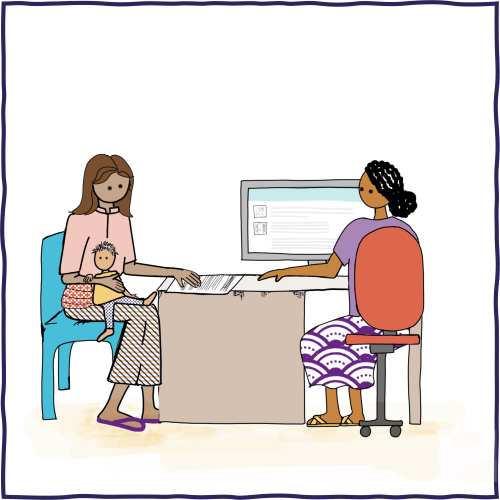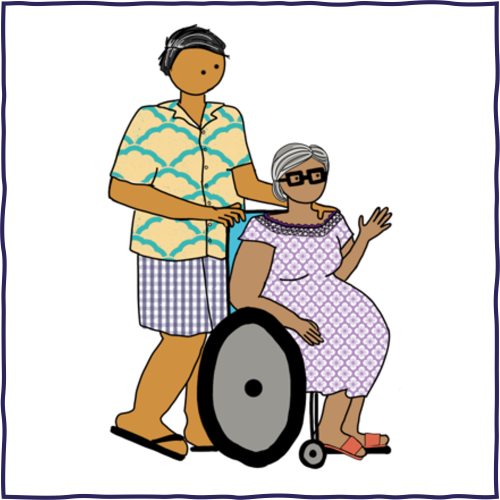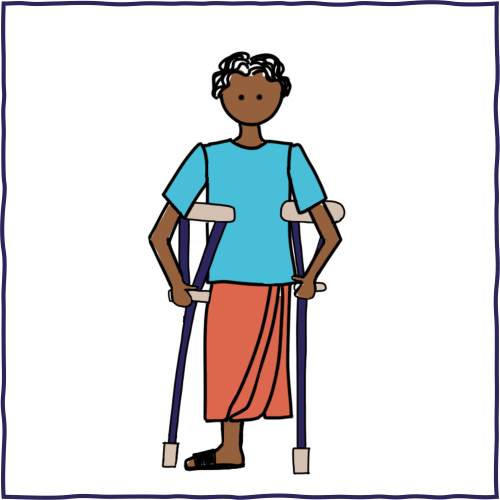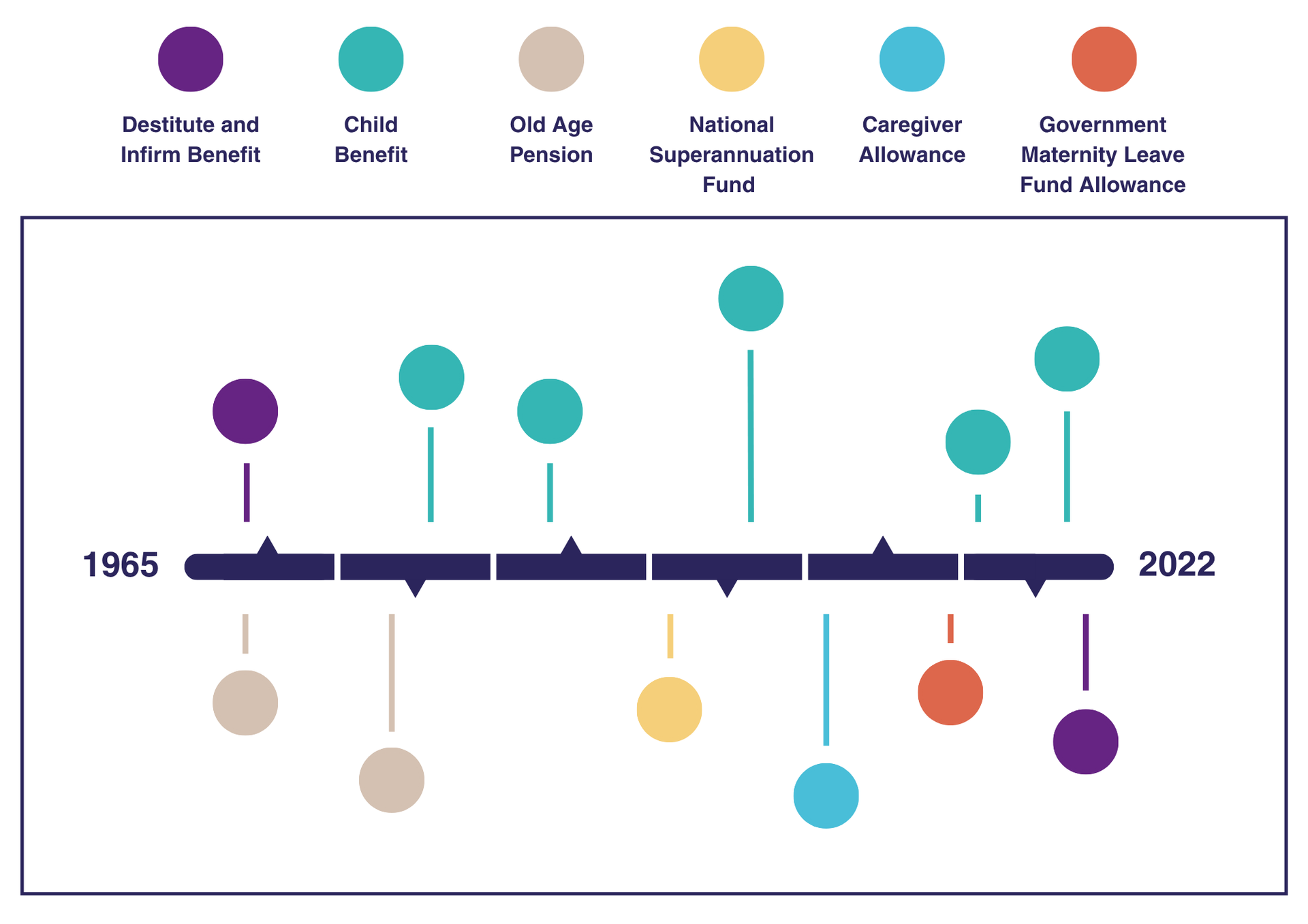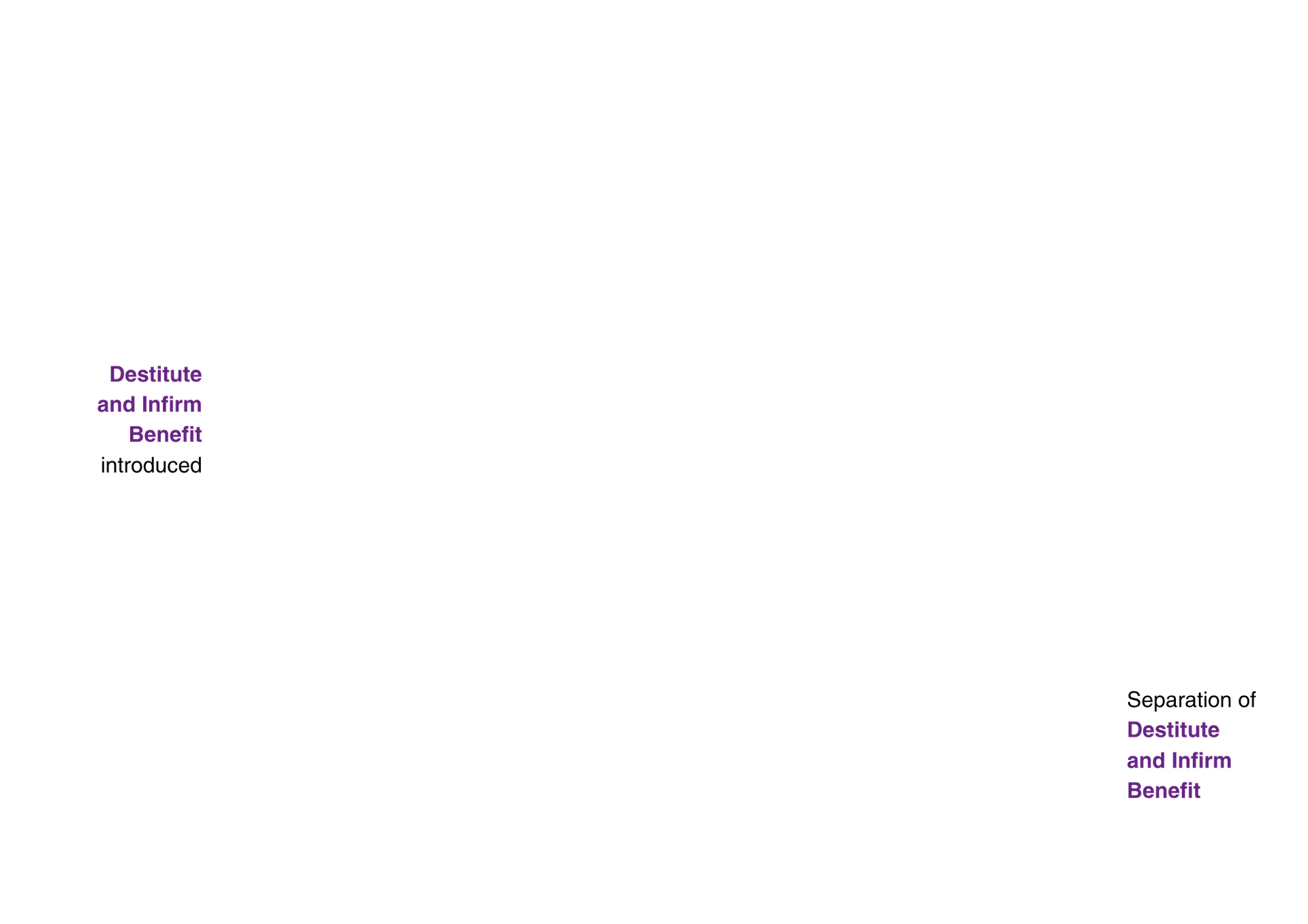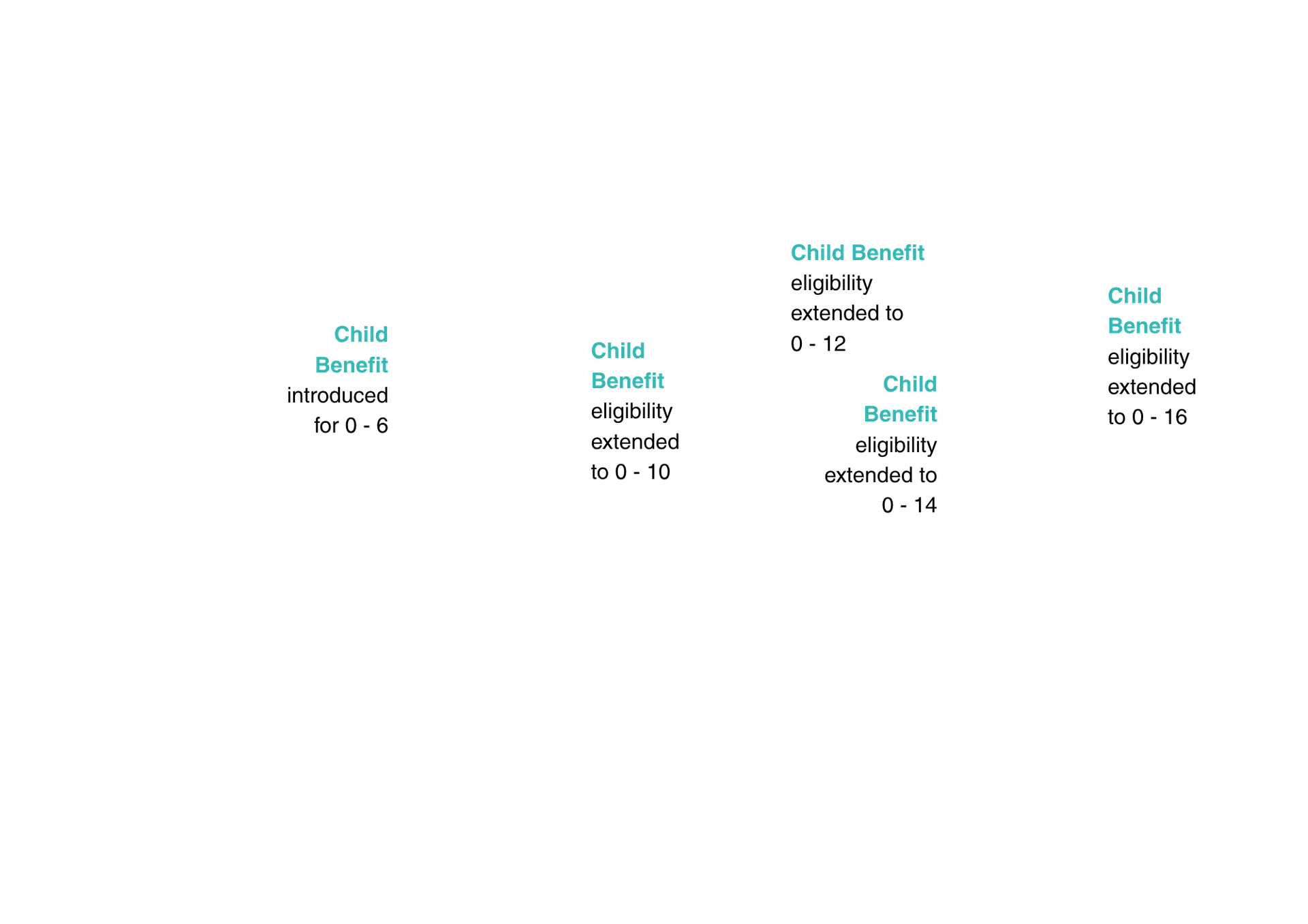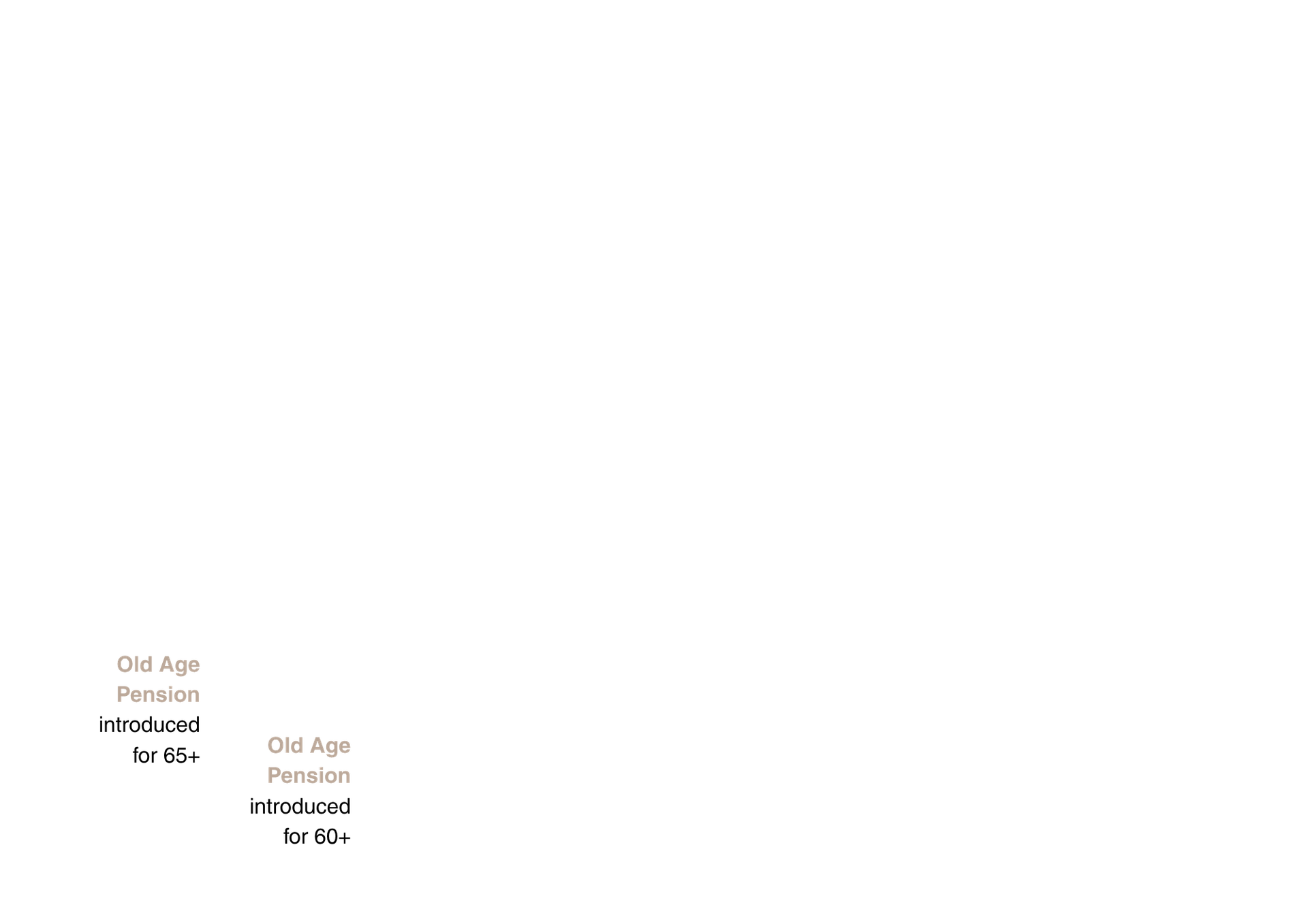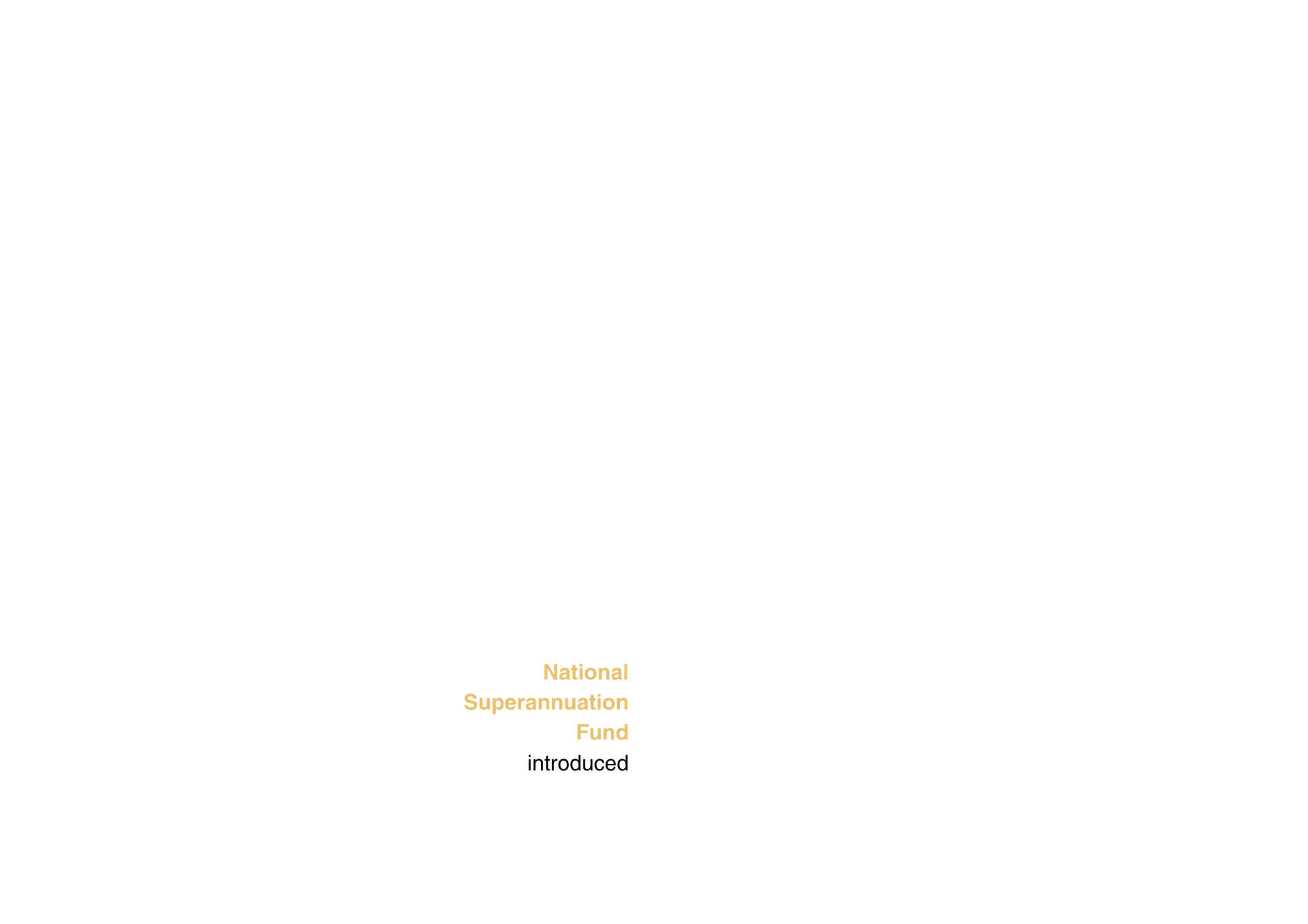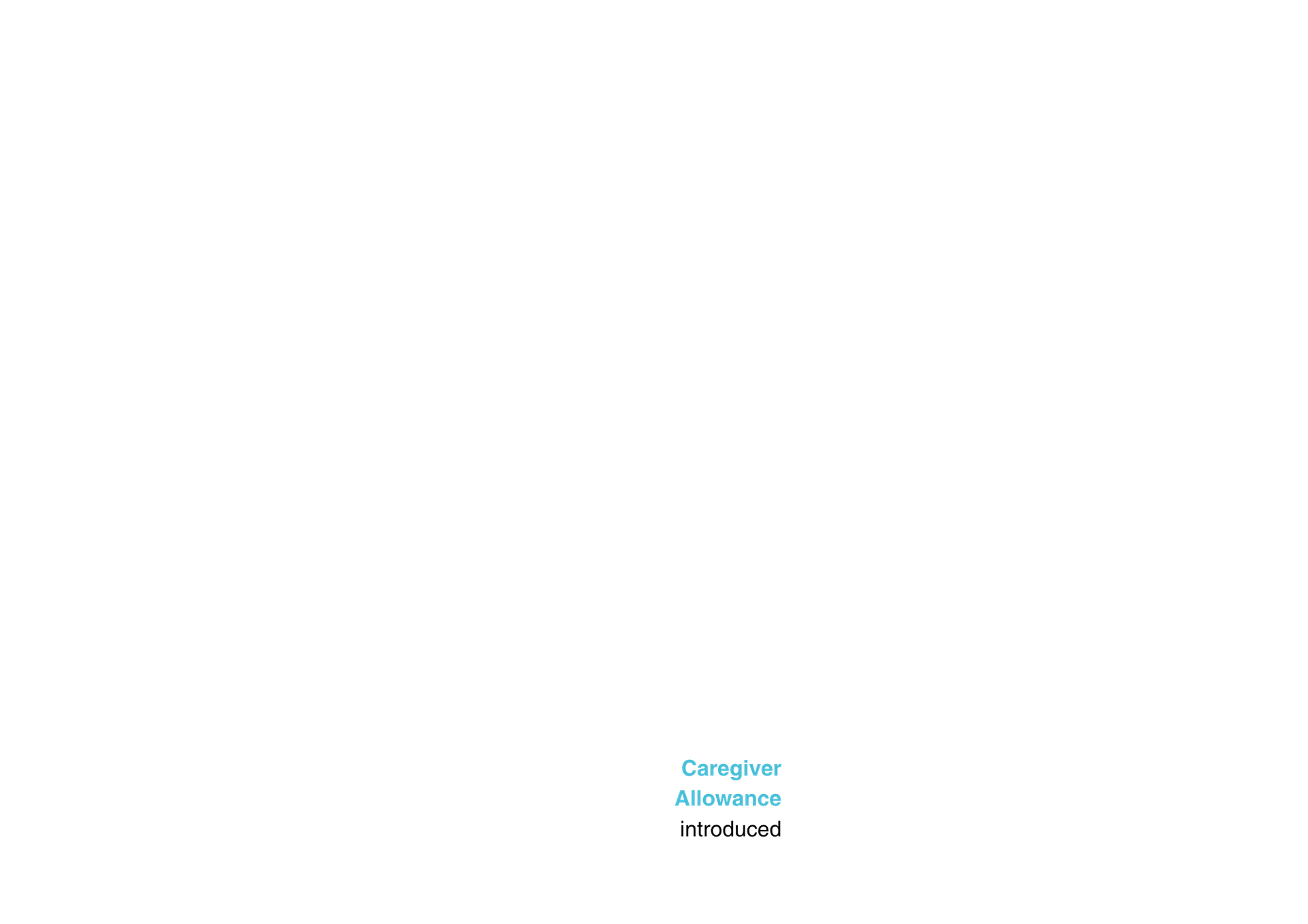How is social protection implemented in the Pacific?
Finally, let’s look at how social protection is put into practice across the Pacific. Some people think that formal social protection systems are quite new in the region—but in fact, many countries have been investing in and building these systems for decades.
In this section, we’ll explore:
- how social protection systems have evolved
- how countries in the Pacific have used social protection to respond to shocks and disasters
- the “Pacific model” of social protection - where social protection has been gradually strengthened over time to meet the needs of different populations.
Social protection in the Pacific
Around the Pacific, countries are increasingly investing in social protection. Although it is different in each country, most countries are already spending money on social protection. Simple life cycle schemes, such as social pensions supporting the elderly are common. Poverty-targeted schemes are less common.
Timeline of Social protection in the Pacific
Countries have usually started by setting up contributory schemes such as provident funds, but in the last 20 years many countries have introduced budget-financed social protection programs.
Social protection as a response to disasters
Many Pacific countries have use social protection to respond to disasters. For example:
- The provident funds and various social assistance schemes (social pensions and disability benefits) have been used to cushion the impact of tropical cyclones (including in Fiji and Tonga).
- During the COVID-19 pandemic, countries used social protection to cushion the impacts of the pandemic.
- The pandemic showed the importance of strong ongoing social protection systems: countries with existing social protection systems could use them to respond quickly.
The Pacific model of social protection
The Pacific model of social protection shows how systems can be gradually strengthened over time.
The Cook Islands social protection system
The Cook Islands social protection system is a good example of how these strategies can be used. Over time, new schemes have been added and existing schemes have been expanded to include more people.
Benefit levels have also increased. The real value of the old age benefit for people 70 years and over grew 120% between 2000 and 2021. There is also a lower benefit level for people 60-69 years, compared to those 70 years and over.




